JerryPH
No longer a newbie, moving up!
- Joined
- Oct 14, 2007
- Messages
- 6,111
- Reaction score
- 15
- Location
- Montreal, QC, Canada
- Can others edit my Photos
- Photos NOT OK to edit
Remember, this book is aimed at those wishing to learn about exposure; many would be, I presume, beginners.
Or maybe I was the only one confused by this.
The book is aimed at beginners. Proper flash usage is not what I would call a beginner concept. Basic understanding of ISO, aperture, shutter and the interplay is what I would call the basics. The book doesn't even have the words flash or strobe once in it anywhere (I scanned my book into PDF format for my own personal usage and just searched, so I am 100% sure about that). It is not a topic even remotely discussed or touched on.
It is non-sequitor to say that the picture is incorrect, becuase within the context of the book, within the confines of what the author is discussing and trying to teach at that moment, he is 100% technically correct.
Without a flash, because there is zero discussion about a flash in this book, if your subject is back-lit and you want to get a proper exposure of your subject in the current location because you cannot move them for whatever reason, there is NO OTHER way to get that proper exposure of your subject unless you blow out the background.
But just like anything in photography, there are many ways to skin a cat, and just becuase it is not in that book, doesn't make it wrong or right... it just means it is not in that book and in this case, context is everything. You cannot really criticize Bryon Peterson for not discussing flash, this was a conscious decision he made when the book is written. It is about shutter speed, ISO and aperture... and how to use these 3 things to get an exposure... nothing else.


![[No title]](/data/xfmg/thumbnail/41/41922-e7a483d91c9d307d9bb8d6143d03889b.jpg?1619739944)

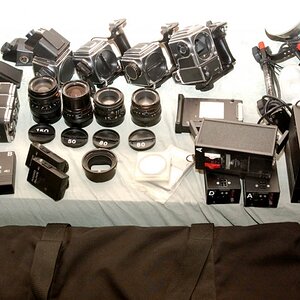
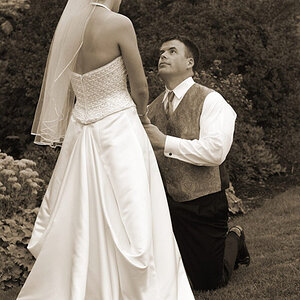

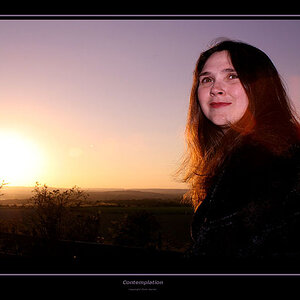
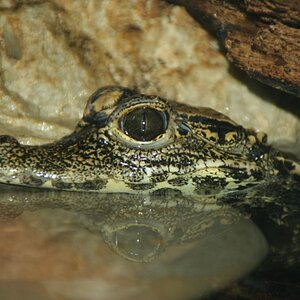
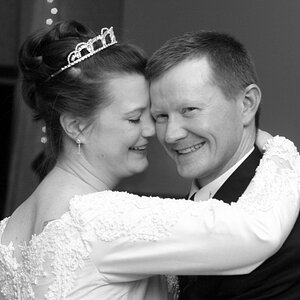

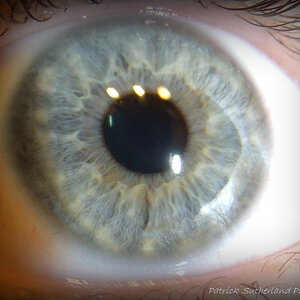
![[No title]](/data/xfmg/thumbnail/37/37526-bc41ead4d3f2330d3e37da95abf9132e.jpg?1619738130)
![[No title]](/data/xfmg/thumbnail/42/42274-5bec1b32caba5fed4a680bc5be4d0202.jpg?1619740083)